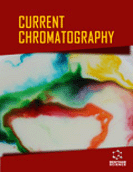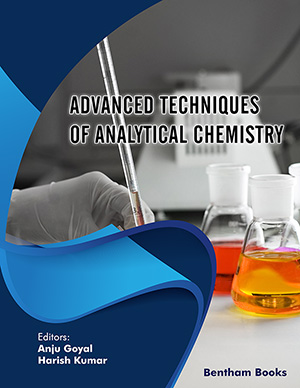Abstract
Background: The cost-effective and environmentally benign solvent of hydrophobic deep eutectic (DES) was prepared for the removal of Cu (II) from aqueous solution. Hydrophobic DES has been gaining increasing attention from researchers for the replacement of hazardous solvent consumption in liquid-liquid extraction (LLE).
Objectives: To synthesize the hydrophobic DES and optimize the parameters for ligandless LLE using DES, and LLE with DES-LIG, respectively.
Materials and Methods: The fatty acid-based DES was prepared using a mixture of capric acid (C10) and lauric acid (C12) as a potential solvent for the extraction of Cu (II). The DES was characterized via FT-IR, NMR, and TGA. The removal percentage of Cu (II) was compared between ligandless LLE and other conventional LLE techniques. DES was used as the solvent in the ligandless LLE, while 1,10-phenanathroline ligand with DES (DES-LIG) was used in the conventional LLE techniques. The optimized parameters such as pH, initial concentration, and contact time for Cu (II) removal were studied and analyzed using atomic absorption spectroscopy (AAS).
Results and Discussion: The ligandless LLE with DES demonstrated the highest removal percentage of Cu (II) at optimum conditions of pH 8, initial concentration of 80 μg mL-1, and contact time of 45 minutes.
Conclusion: The removal of Cu (II) was more effective in ligandless LLE using DES.
Keywords: Deep eutectic solvent, lauric acid, capric acid, cu (II), ligandless, liquid-liquid extraction.
[http://dx.doi.org/10.1016/j.foodchem.2018.04.134] [PMID: 29784312]
[http://dx.doi.org/10.1016/j.jhazmat.2010.02.092] [PMID: 20381963]
[http://dx.doi.org/10.1016/j.foodchem.2015.08.035] [PMID: 26471580]
[http://dx.doi.org/10.1016/j.talanta.2015.10.062] [PMID: 26653440]
[http://dx.doi.org/10.1016/j.microc.2013.12.002] [PMID: 24511158]
[http://dx.doi.org/10.1016/j.seppur.2011.05.026]
[http://dx.doi.org/10.1016/j.microc.2011.03.008]
[http://dx.doi.org/10.1016/j.fluid.2017.04.002]
[http://dx.doi.org/10.1021/ac400432p] [PMID: 23710664]
[http://dx.doi.org/10.1021/acssuschemeng.7b04235]
[http://dx.doi.org/10.1021/acs.iecr.7b05270]
[http://dx.doi.org/10.1039/c2cs35178a] [PMID: 22806597]
[http://dx.doi.org/10.1016/j.molliq.2019.02.107]
[http://dx.doi.org/10.3390/separations6010009]
[http://dx.doi.org/10.1016/j.microc.2017.07.015]
[http://dx.doi.org/10.1016/j.talanta.2017.07.063] [PMID: 28842002]
[http://dx.doi.org/10.1016/j.talanta.2015.07.021] [PMID: 26452873]
[http://dx.doi.org/10.1016/j.apt.2015.12.003]
[http://dx.doi.org/10.1016/j.cocis.2014.08.005]
[http://dx.doi.org/10.5740/jaoacint.16-0376] [PMID: 28421987]
[http://dx.doi.org/10.1007/s11356-017-9820-9] [PMID: 28776296]
 10
10

















